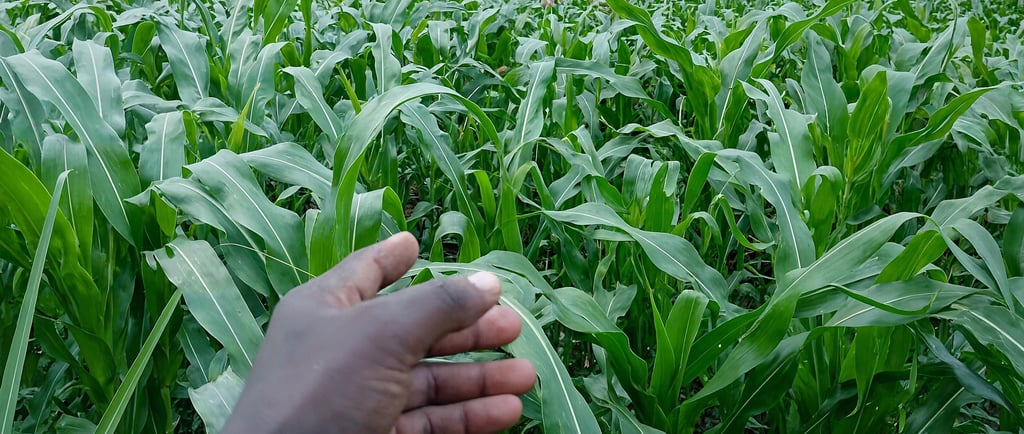The Fifth Planting is Looking Good
Charlie Martin
11/3/20252 min read


Right now, four of our fields have already been planted, and I’m thrilled to say the rains have been generous this season. The maize is growing strong and green, and the farmers tell us the plants are looking healthier than ever. After months of preparing the soil, sowing seeds, and praying for good weather, it’s amazing to see the fields come to life again.
How Maize Is Grown
For many of us, maize (which we often call corn here in the U.S.) might just be something we eat at barbecues or as popcorn - but in Kenya, it’s so much more than that. Maize is the heart of daily life. It’s planted after the first big rains, when the soil is moist and ready. Farmers start by tilling the land, then sowing the maize seeds in neat rows. Once the young shoots appear, they carefully weed the fields and sometimes apply compost or natural fertilizers to keep the plants strong.
It takes a few months for the maize to mature, and once the cobs are full and golden, they’re harvested, dried, and stored carefully to prevent mold or pests. The whole process - from planting to harvest - is full of patience, care, and hope.
Why Maize Matters
In Kenya, maize is used in many of the foods people eat every day. The most common dish is ugali, a thick, dough-like porridge made from ground maize flour. It’s usually served with vegetables, beans, or meat, and it’s a staple in almost every household. Maize is also boiled or roasted and eaten straight off the cob, especially during the harvest season. For many families, it’s the foundation of every meal - and when the maize grows well, people can eat well.
Growing More Than Crops
Every successful planting means more than just full fields - it means full stomachs, stronger families, and a more hopeful community. Seeing the fields thrive reminds me why Seeds of Hope exists: to empower local farmers, fight hunger, and bring stability through something as simple and powerful as a seed.
As we move forward with our fifth planting, I’m filled with gratitude - for the farmers who work tirelessly, for the rain that nourishes the land, and for supporters like you who make all of this possible. Together, we’re helping hope take root.


